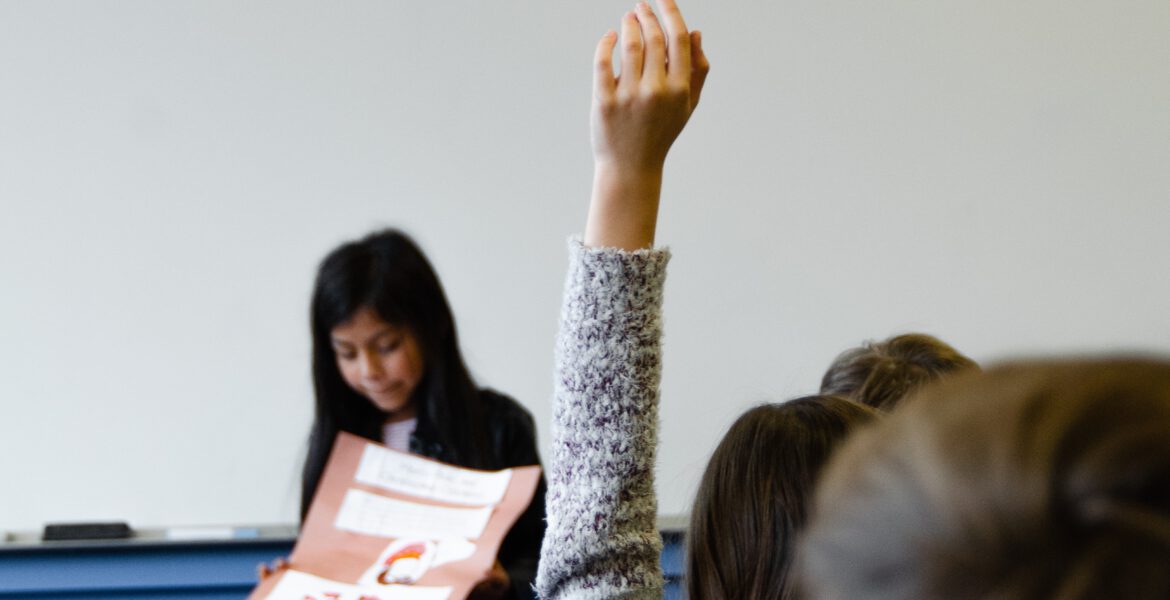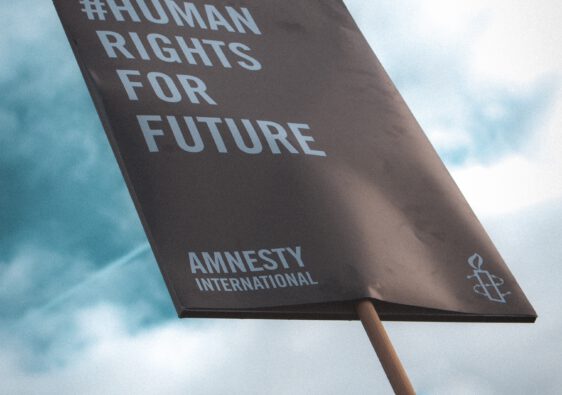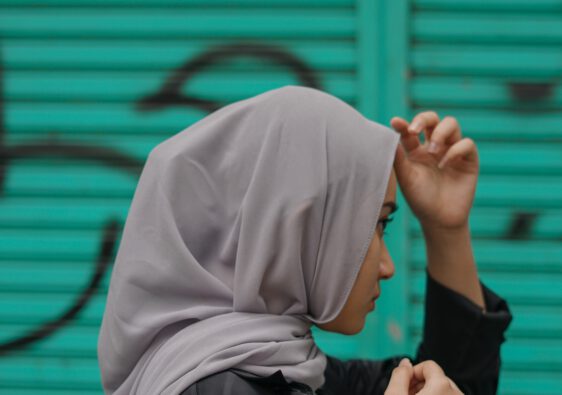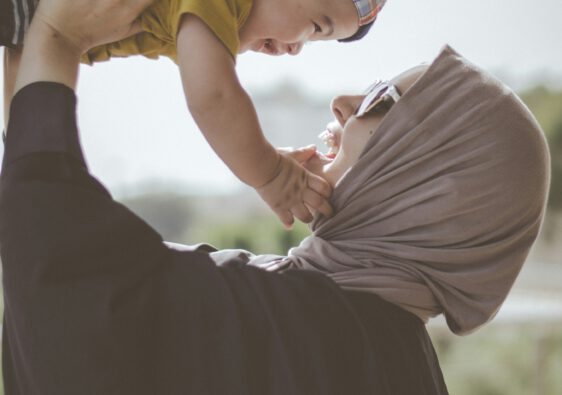As we delve into this discussion, let me clarify: I am not addressing history as a discipline bound by the rigorous academic rules of historians and scholars. Rather, my focus is on the history taught in schools – the official narratives that are often a blend of facts, interpretations, and, subtly, political agendas.
For children growing up in foreign lands, the history they learn at school is more than just a subject; it’s a lens through which they view the world and themselves. The narratives they are taught shape their understanding of society, culture, and their place in the world. But what happens when these narratives clash with the history of their country of origin? What happens when the story of their ancestors is a mere footnote in their educational journey?
Consider a child of Indian descent growing up in the United States. In their American history class, they learn about the Boston Tea Party, the Civil War, and the Civil Rights Movement – pivotal moments that have shaped modern America. But where do the tales of the Mauryan Empire, the Mughal dynasty, or the Indian struggle for independence fit into their understanding of history? This is where the role of parents becomes paramount. They are the custodians of their ancestral narratives, responsible for bridging the gap between the history their children learn at school and the history of their forebears.
This dual historical narrative isn’t just about cultural enrichment; it’s a political act. The history taught in schools is often a tool for nation-building, fostering a sense of national identity and pride. It can, however, marginalise or misrepresent other cultures and histories. Parents from immigrant backgrounds face the challenging task of countering this by providing a more comprehensive historical perspective, one that encompasses the rich and diverse narratives of their countries of origin.
But here arises a critical question: should the history we impart to our children be entirely accurate, or is there room for a more selective approach? While striving for accuracy is laudable, we must acknowledge the limitations and biases inherent in any historical narrative.
No history is entirely objective, and every story is colored by the lenses of those who tell it. Therefore, the goal shouldn’t be absolute accuracy – a quixotic quest at best – but rather in crafting these narratives, we must also ponder their relevance and relatability.
History, especially for children, should not be a dry recitation of facts and dates. It should be a vibrant story that connects with their lives and experiences. This is particularly crucial for children in diasporas, who often straddle two worlds. The history they learn should help them make sense of this unique position, fostering a sense of identity that encompasses both their heritage and their present.
This brings us to the heart of the matter: the balance of historical narratives. In our globalized world, where identities are increasingly complex, children must learn to navigate multiple histories. They should understand the history of their country of residence to integrate and participate fully in their immediate environment. At the same time, they need to be aware of their ancestral history, maintaining a connection to their roots and heritage. Achieving this balance is not merely about imparting knowledge; it’s about cultivating empathy, respect, and understanding for diverse perspectives and experiences.
The challenge, therefore, for parents and educators is to provide a historical education that is not only informative but also inclusive. This approach is crucial in an era where narratives are often polarized and divisive. By teaching children a balanced view of history, we equip them to become informed, empathetic, and critical thinkers.
In conclusion, the history we teach our children should be a careful blend of accuracy, relevance, and inclusivity. It’s about recognizing the complexities and nuances inherent in historical narratives and using them to foster a well-rounded understanding of the world. As parents, educators, and members of increasingly diverse societies, our role is not just to teach history but to prepare the next generation to engage with a world rich in stories and perspectives. In doing so, we give them the tools to build their identities on a foundation of knowledge, understanding, and respect for the multitude of narratives that make up our world.






